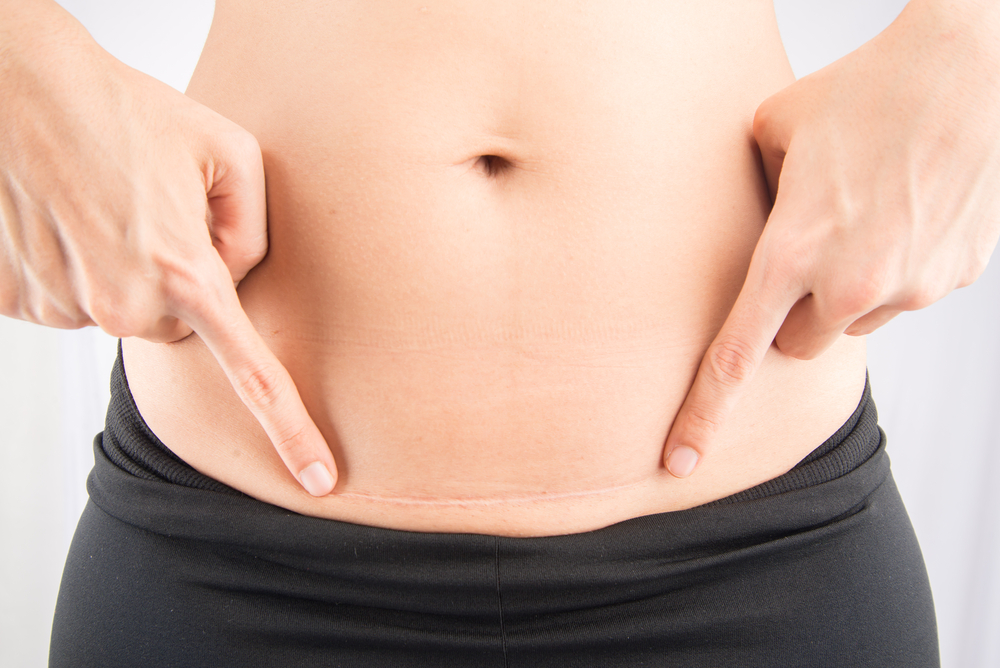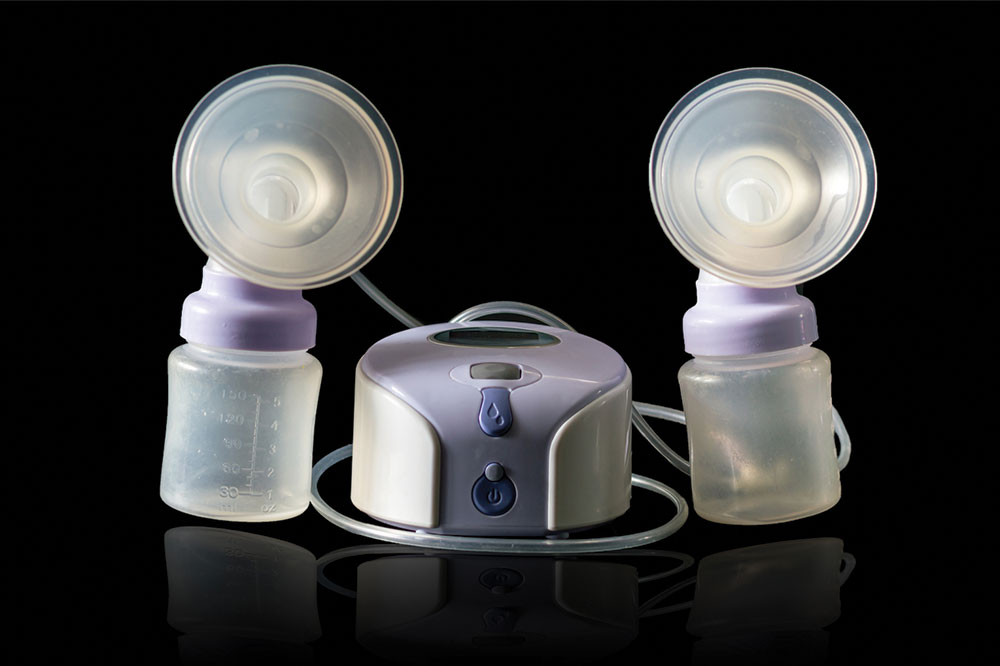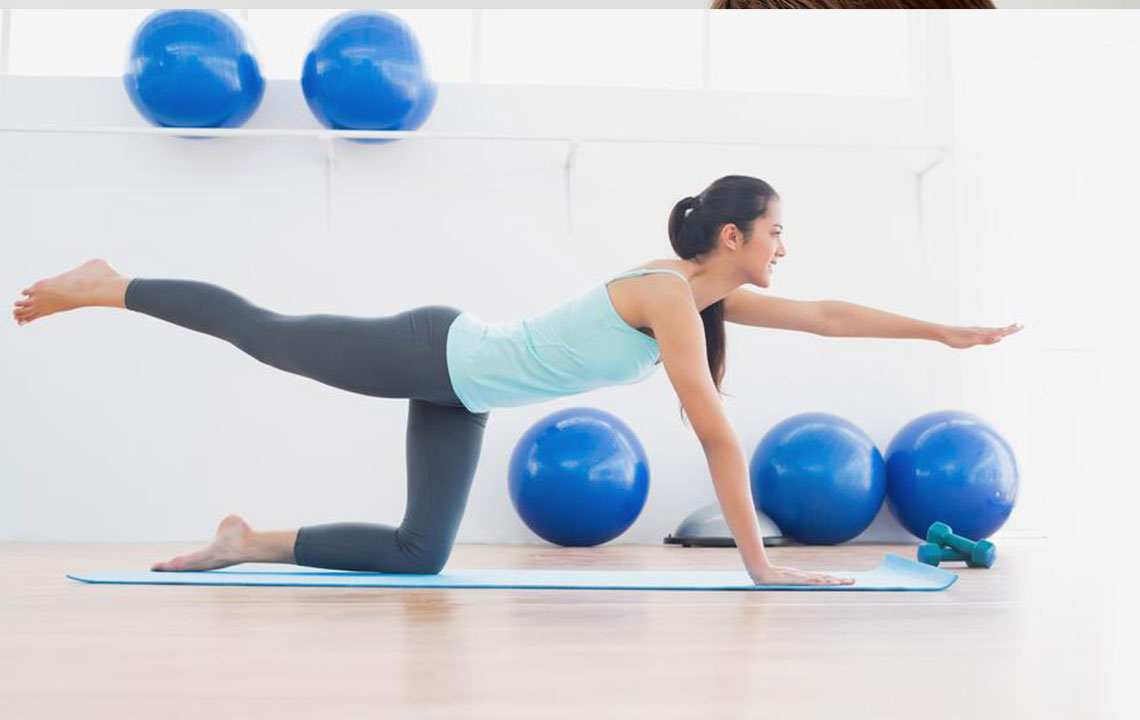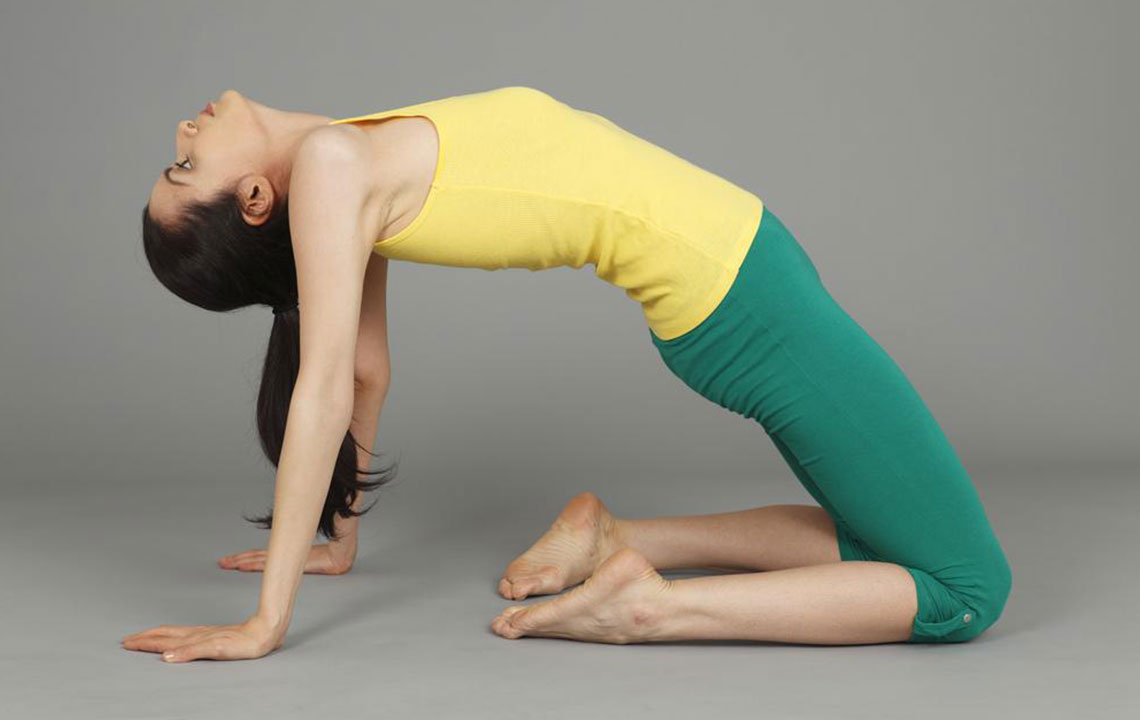Comprehensive Postpartum Fitness Guide for New Mothers: Safely Rebuild Your Strength
This comprehensive guide provides new mothers with essential tips for safely resuming fitness post-childbirth. Emphasizing gradual progression, pelvic health assessment, balancing breastfeeding, and importance of rest, it helps women rebuild strength and confidence in their postpartum recovery journey.

Comprehensive Postpartum Fitness Guide for New Mothers: Safely Rebuild Your Strength
Effective strategies to stay active and healthy after giving birth
Embarking on a postpartum fitness journey is a vital step for new mothers aiming to regain their strength, improve mental health, and enhance overall well-being. However, it is essential to approach this process with patience, realistic expectations, and a focus on safety. Every woman’s recovery timeline is unique, influenced by factors such as the type of delivery, overall health, age, and individual healing pace. Therefore, there is no universal schedule to resume exercise routines postpartum. The key is to listen closely to your body cues and initiate physical activity only when you feel physically ready and confident.
Step-by-step guide to gradually reintroducing physical activity
The recovery period post-childbirth requires gentle progression to rebuild strength without risking injury or delaying healing. Begin with simple activities such as walking, which is an excellent low-impact way to gradually enhance stamina. Start with five-minute brisk walks and progressively increase the duration and intensity based on your comfort level. Always observe how your body responds and stop immediately if you experience any pain, excessive bleeding, dizziness, or discomfort. Avoid heavy strollers or carrying children for prolonged periods early on, as these actions can place undue strain on your muscles and joints.
After about a month, when healing stabilizes, consider incorporating gentle stretching exercises or participating in specialized postnatal exercise classes designed for rehabilitating core muscles, pelvic floor, and overall flexibility. These classes often include modifications for new mothers and concentrate on safe, effective movements.
Balancing breastfeeding and postpartum fitness
For nursing mothers, it is particularly important to proceed slowly with fitness activities to ensure your milk supply remains unaffected. The early postpartum days typically involve significant fluid loss, which can temporarily impact hydration levels. Engaging in gradual, moderate exercise helps your body adapt without compromising breastfeeding. Maintaining a nutritious, well-balanced diet rich in proteins, vitamins, and minerals is critical for replenishing energy, supporting recovery, and producing quality breast milk.
Once your body has adjusted, you can slowly incorporate gentle exercises into your routine. Always prioritize comfort and hydration, and consult healthcare providers if you experience unusual symptoms or concerns related to breastfeeding and physical activity.
Variety of postpartum workouts suited for new moms
It’s unnecessary and often counterproductive to jump into intense or high-impact workouts immediately postpartum. Instead, focus on low-impact activities such as walking, swimming, or water aerobics, which are gentle on joints and promote cardiovascular health. Swimming is especially advantageous, offering resistance training while minimizing joint stress, and it also helps strengthen core and pelvic muscles. As your strength improves, you can progressively include light resistance exercises, but avoid high-impact routines like running, jumping, or heavy lifting during the initial phases of recovery.
Evaluating pelvic floor health for safe exercise
The pelvic floor muscles are often weakened after pregnancy and delivery. It’s important to assess their strength before engaging in strenuous core workouts. Weak pelvic muscles may lead to complications such as incontinence or prolapse if overstrained. Kegel exercises are highly recommended in early postpartum stages to gently strengthen pelvic muscles without adding internal pressure. Consulting with a physical therapist specialized in pelvic health can provide tailored guidance and ensure safe progression in rebuilding pelvic stability.
Warning signs to stop exercising immediately
Always pay close attention to your body during postpartum activities. If you notice that bleeding is increasing after exercise, or if you experience new or worsening symptoms such as pain, dizziness, or abnormal discharge, cease activity immediately. Excessive bleeding may indicate that your body still needs more time for healing, and pushing through can cause setbacks. Patience is crucial. Gradually increase activity levels based on your recovery progress and healthcare provider recommendations.
The importance of rest, hydration, and recovery
Rest and recovery are integral parts of postpartum health. Ensuring you get enough sleep and relaxation time helps your body rebuild tissues and restore energy levels. Don't underestimate the power of rest—your body requires it to heal effectively. Hydration is equally vital, especially for breastfeeding mothers. Drinking plenty of water supports overall health, enhances milk production, and prevents dehydration-related fatigue. Incorporate mindfulness and relaxation techniques to reduce stress and foster mental well-being during this significant life transition. Remember, achieving fitness postpartum is a marathon, not a sprint. Prioritize self-care and listen to your body's signals as you embark on your journey toward recovery and wellness.




